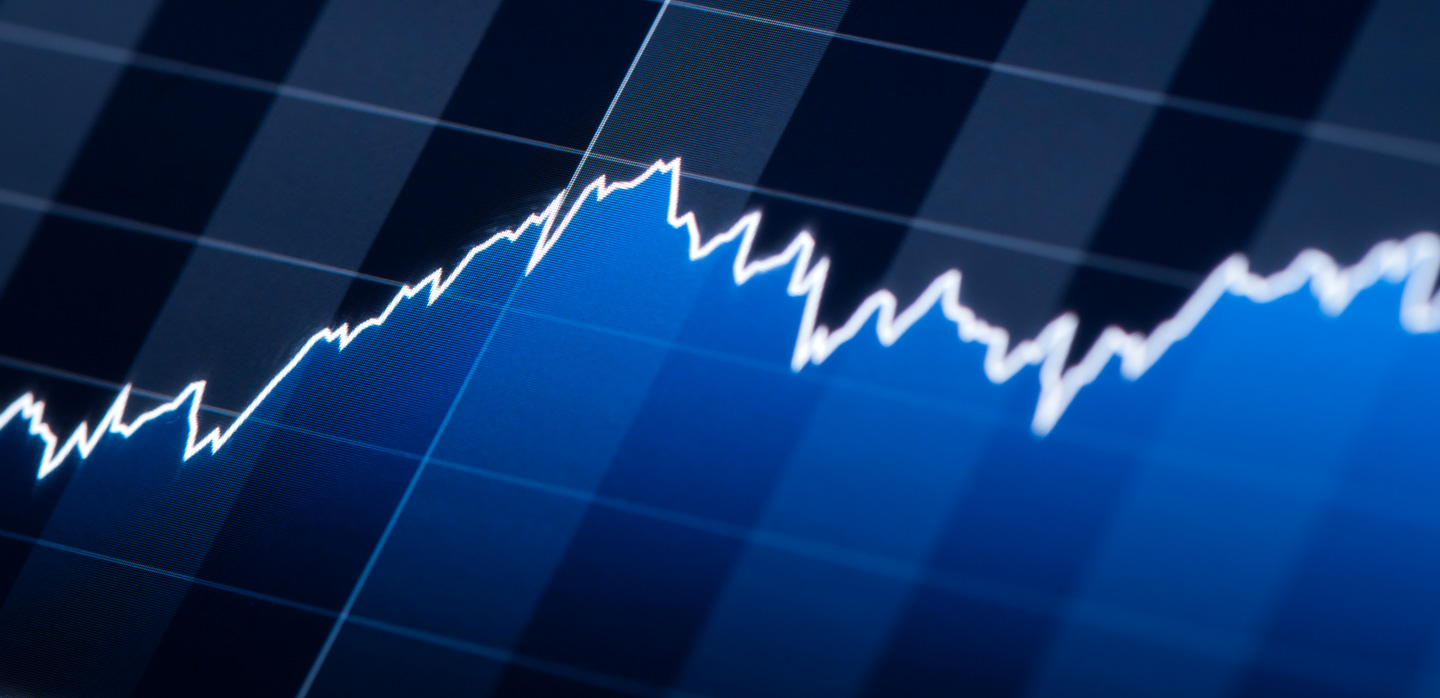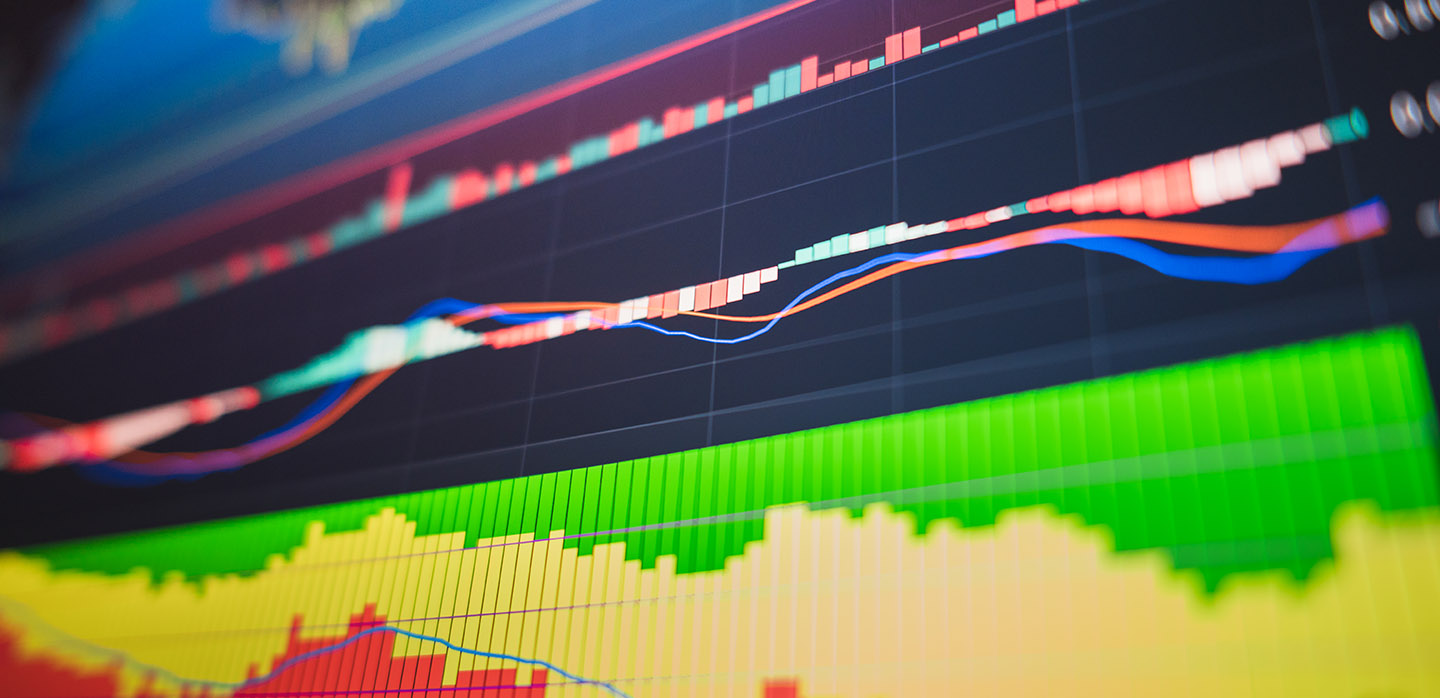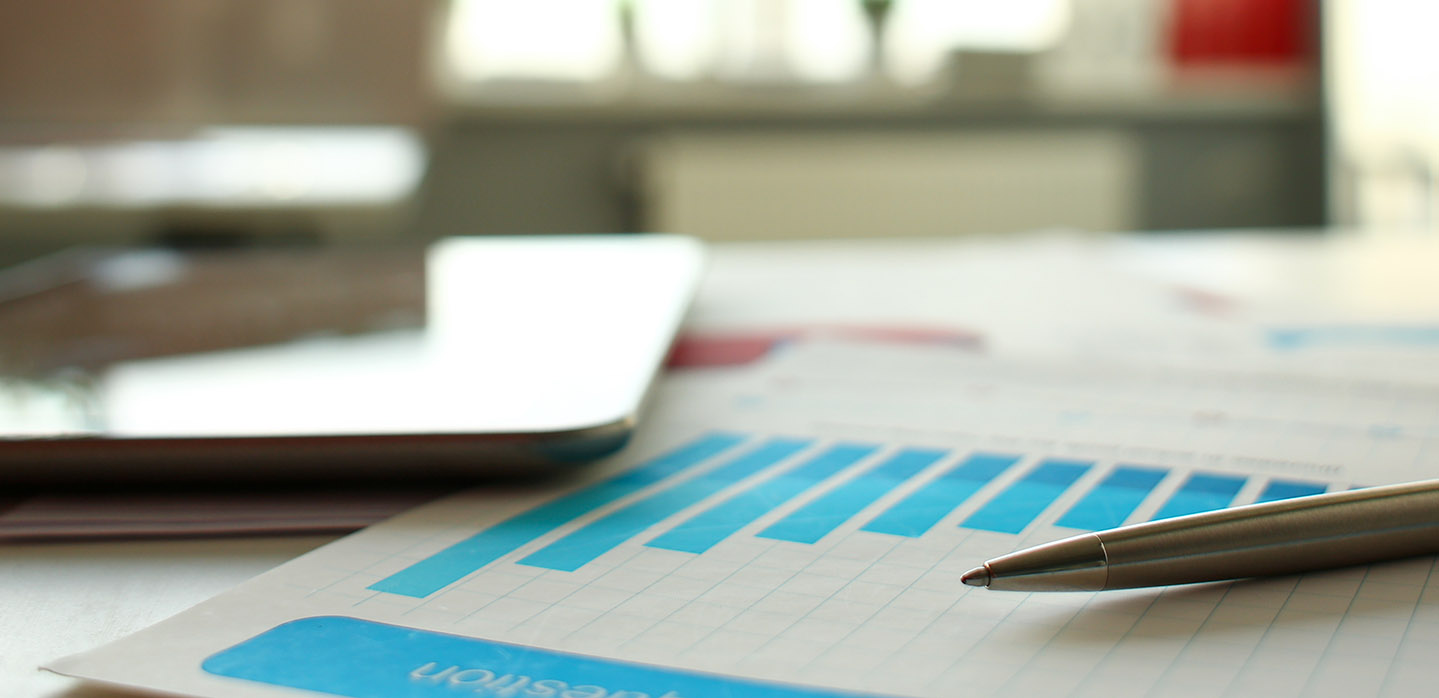Understanding the costs behind when you use energy is critical to optimizing your energy management efforts. Today’s post talks about when you use energy as the last in a series that explains how taking control of the 3 main energy cost drivers – how you buy energy, how much energy you use, and when you use energy – unlocks value in a way that’s not possible when you address them in silos.
Not all kilowatts are created equal.
One of the unique things about electricity is that supply and demand need to maintain a steady balance: too much demand = blackouts, too much supply = economic losses and a bunch of waste because electricity can’t be stored cost-effectively in large amounts. Because of the delicate balance, when you use energy represents both a value and a cost. At the macro-level, when the grid starts buckling under increased demand (e.g., the third day of a regional heat wave when air conditioners have been blasting, or more recently, the crazy impact of the polar vortex), utilities and grid operators have a few options: risk a blackout (not a popular option), buy electricity on the open markets ($$$), fire up the next peaking power plant (if there is one that’s not already running), or dispatch a demand response network. Demand response is a proven, dependable strategy for utilities and grid operators who need to maintain the important supply + demand balance, and has been around in many forms for decades. Today, demand response programs offer large energy users substantial payments in exchange for their “operational flexibility,” i.e., their willingness to use less energy in response to market signals – and has become a go-to energy management strategy for millions of large energy users worldwide. Take the College of Sequoias, located in California. “Enel X demand response is a key part of our energy management and reduction efforts. Curbing our energy use a few times a year gives us an additional source of revenue. And it's a creative way to lower our high energy costs. So it makes perfect sense for us,” says Eric Mittlestead, Dean of Facilities and Facilities Planning.
Unlock additional cash with demand response.
Taking advantage of opportunities to participate in a demand response program is an effective way to create opportunity out of when you use energy. Demand response rewards your willingness to temporarily shut down or delay energy intensive processes into a revenue stream.
Demand response pays you to curtail your energy use at times when the grid is stressed, there is a shortage of available supply, or when real-time prices for electricity are skyrocketing. Good energy intelligence software will support all types of demand response and provide you with real-time visibility into your demand response dispatch performance, including the financial impact of your participation.
Participation in demand response will also compensate you just for being on call – regardless of whether you’re called upon to reduce. Participants use the additional revenue they earn from demand response in many ways, including use as a funding mechanism for energy efficiency investments.
Armed with real-time visibility into your energy consumption, you can do amazing things to monetize your flexibility in demand response programs – and shave potentially thousands of dollars from your energy bill by slight changes to when you use energy. With respect to peak demand management, here are three things you need to do to achieve results:
Beat the peak (and save $) with demand management.
On the flip side, to keep the grid in its general steady state of balance, utilities charge you for how much strain your individual facility puts on the grid when you’ve got all systems running full tilt. These “peak demand charges” can be passed through in deregulated markets, accounting for up to 30% of your total bill, or in regulated markets, can tip the scales and bump you into that next rate class and cost you thousands.
1. Understand how you’re billed.
Are peak demand charges passed through or are you going to pay a flat rate no matter what? Are you on the cusp of a specific rate class? Would one 15-minute interval bump you to that next level and cost you thousands? Priority #1 in managing peak demand starts with understanding not just how much you use at peak, but how much you’re charged for using it (I talked about this in the earlier cost driver post about how you buy energy). Lots of energy dashboards will show you when you set your peak demand, but Enel X’s energy intelligence software platform connects energy consumption with a robust tariff engine so that you’re making decisions based on the financial impact – and lets you decide whether to shift production schedules, turn off non-essential equipment, or take a less energy intensive approach until the critical period passes.
For example, your tariff might mean that you enter a peak window starting at 7am and ending at 2pm Monday through Friday. Armed with this information, you can choose to run particularly energy intensive equipment outside of that window, ensure a building is pre-warmed or cooled to a certain temperature by 7am, or otherwise shift energy use outside of those costly 7am-2pm hours. Adjusting when you use energy in response to your specific utility tariff will not only decrease your monthly bills, but will also improve your budget certainty.
2. Be proactive about your peaks.
If you’re waiting for your utility bill to tell you that you have set a new peak demand, then you’re already behind the eight-ball. With real-time energy monitoring, you can set an alert to give you advance warning if you’re about to set a new peak so you can take the necessary steps to avoid it.
3. Be prepared with a mitigation strategy.
If you get the alert, you have to have a strategy in place to safely and effectively dial back. Lots of Enel X customers simply deploy the energy curtailment plan we’ve designed for them as part of their participation in demand response.
Managing your energy line item isn’t easy, but the goal of energy intelligence software is simple: to provide stakeholders throughout an organization – whether energy manager, chief engineer, or CFO — the visibility they need to understand what drives overall energy spend, the information they need to prioritize investments in improvements, and the data to validate that their investments are delivering the value they expected.








